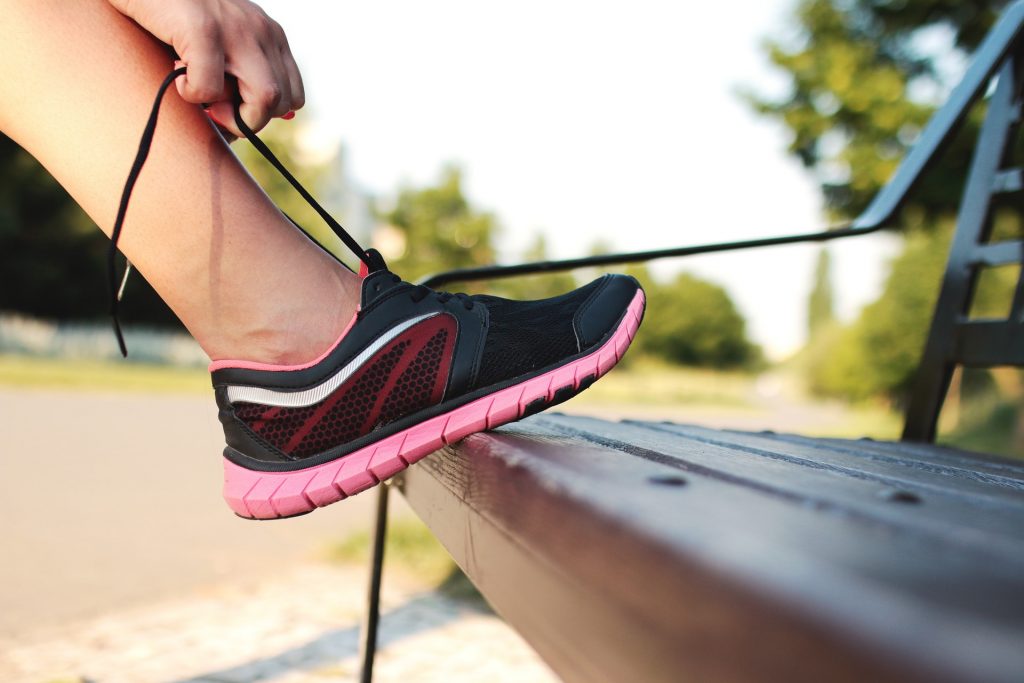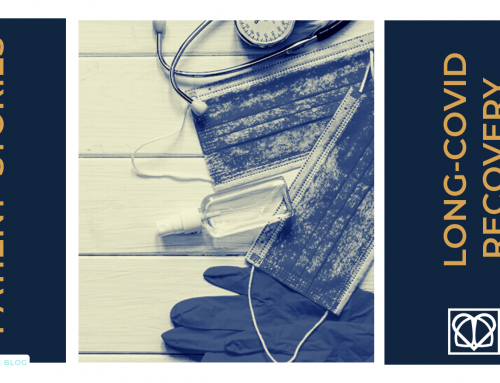We’ve mentioned before that staying fit and improving your wellbeing by eating a balanced diet and exercising is vital for maintaining your health. If you’ve decided to make a commitment to you and your health in 2019, then that’s an excellent start – and now you’re ready to take the next step.
But if you have a lung condition it might not be as simple as that. Your individual circumstances, specific condition and current ability will all need to be considered before you can embark on any form of exercise.

Think of physical fitness as being similar to fine tuning an engine. Regularly maintaining your health and wellbeing means your body is able to function at its full potential. It’s understandable that if some time has lapsed since you’ve taken on any physical activity, you may feel frightened of exercising because you find your symptoms worsen when you do.
The fact is when you have a lung condition it’s even more important to maintain a good level of physical activity. In most cases you will find increasing your fitness and strengthening your muscles improves your symptoms and enables you to start doing more.
Taking on regular exercise will help you
- better control your shortness of breath
- increase your strength and your tolerance to effort
- better control any anxiety you may have
- increase your confidence in your own abilities
- improve your quality of life
Remember before you even embark on any exercise that it’s really important to be patient. Don’t aim too high right at the start and take on too much before you’re body is physically able to handle it.
Working with a respiratory physiotherapist who will create an exercise programme that is devised entirely for you – your own circumstances, your own condition and your own goals – means you get peace of mind that what you’re doing is safe and right for you.
During supervised sessions your oxygen levels, heart rate, breathing rate and breathing pattern will all be monitored and you can be reassured that you’ll be in good hands so that you know how much to push yourself and when to rest. As you become more confident with this, many people feel able to start increasing their activity levels outside of supervised sessions.




